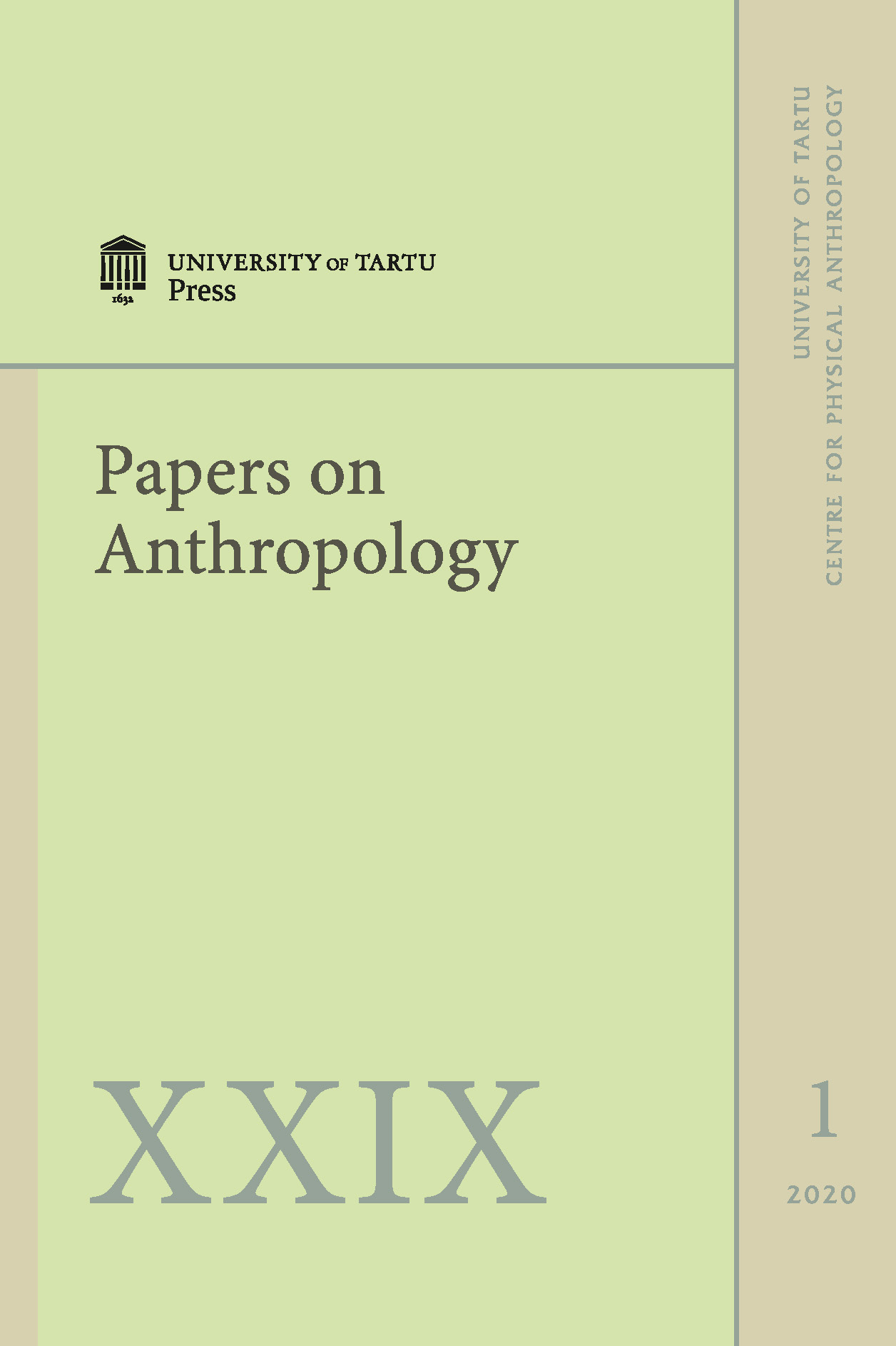Somnological findings based on the Körmend Growth Study (2008) data (Hungary)
DOI:
https://doi.org/10.12697/poa.2020.29.1.01Keywords:
Körmend Growth Study, sleep disordersAbstract
In 1958, a series of tests repeated every ten years, which is unique worldwide, was launched in Körmend, with the primary goal of assessing more than 20 different body size characteristics, constitution, and development of healthy children aged 3–18. The secular trend phenomenon was proved for the first time in Hungary in this study. A clear correlation between physiological sleeping and sleeping disorders compared to changes in body composition has been shown, which led to the inclusion of a sleep questionnaire study in 2008. The present study aims to analyze a part of the sleep questionnaires received in 2008. The aim of this study was to investigate the presence and frequency of growth pain, restless leg syndrome (RLS) and anaemia, and the associations between these parameters. According to the results, the incidence of growth pains was found to be higher than in international data. In many aspects this difference was confirmed by the present study, however, there were also contradictory, significantly detectable differences, the causes of which require further investigation. Due to the limitations of the questionnaire, many errors may occur. Other studies have shown strong genetic determinations for RLS; however, our results do not seem to confirm this. This may be due to the high latency of RLS and the inaccurate filling of the questionnaires as well. The results of our study showed that, in iron-deficient children, the incidence of RLS is an order of magnitude higher than in the general population.

